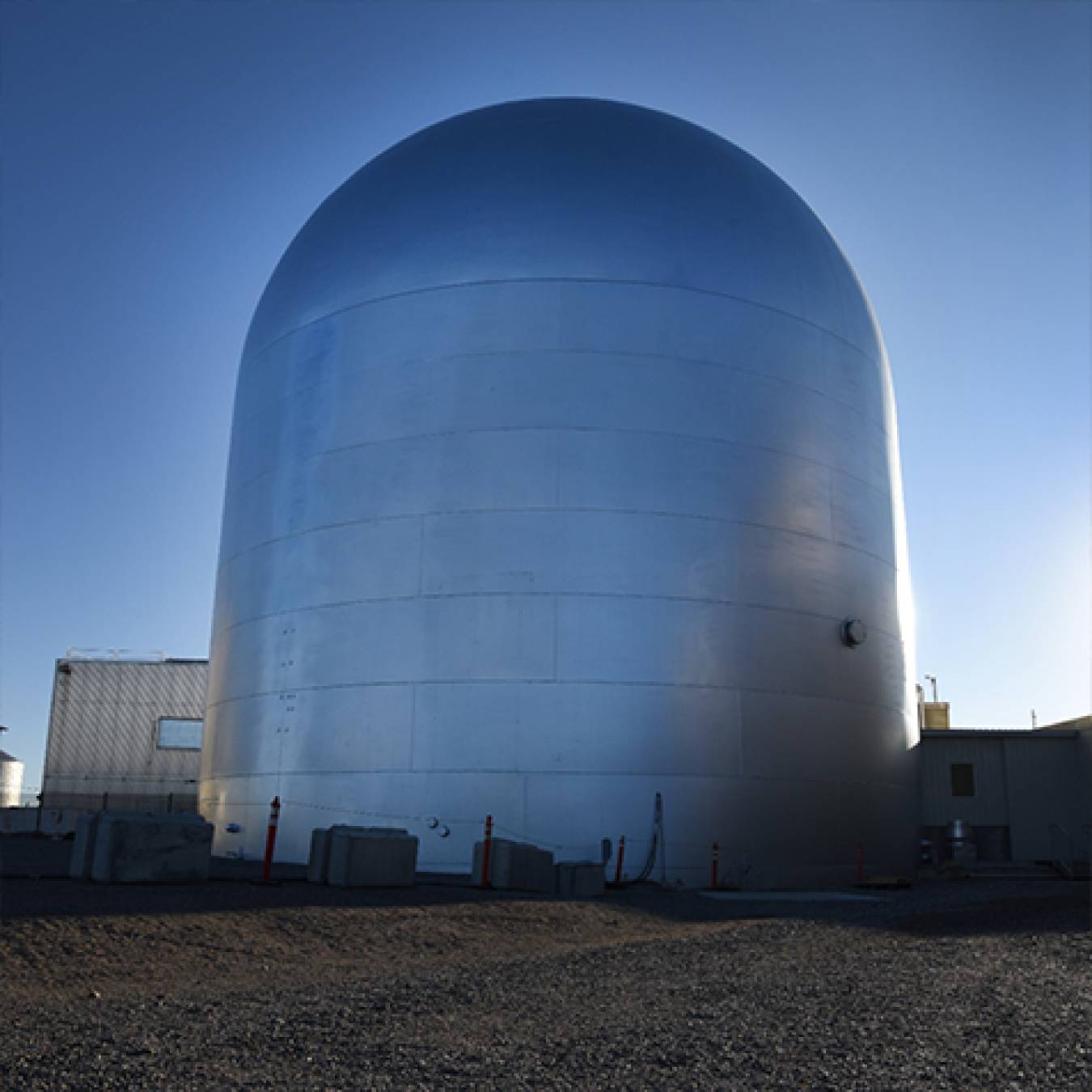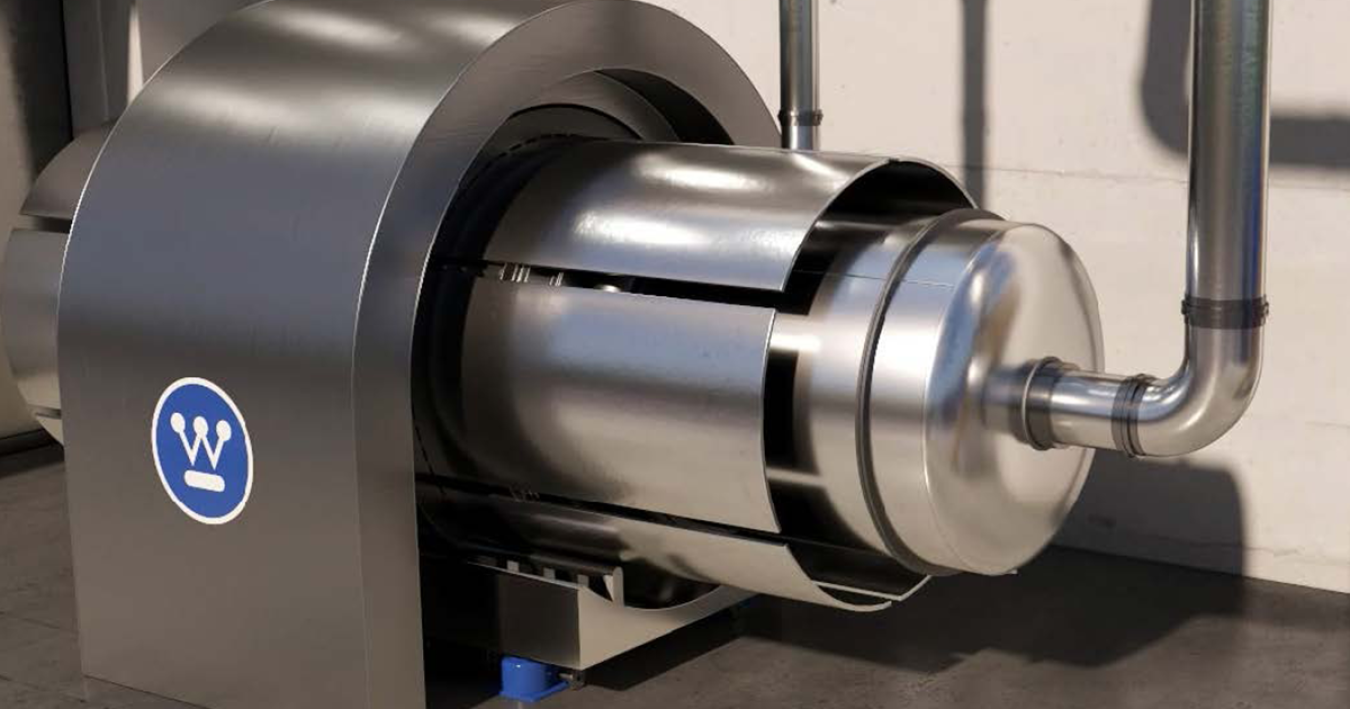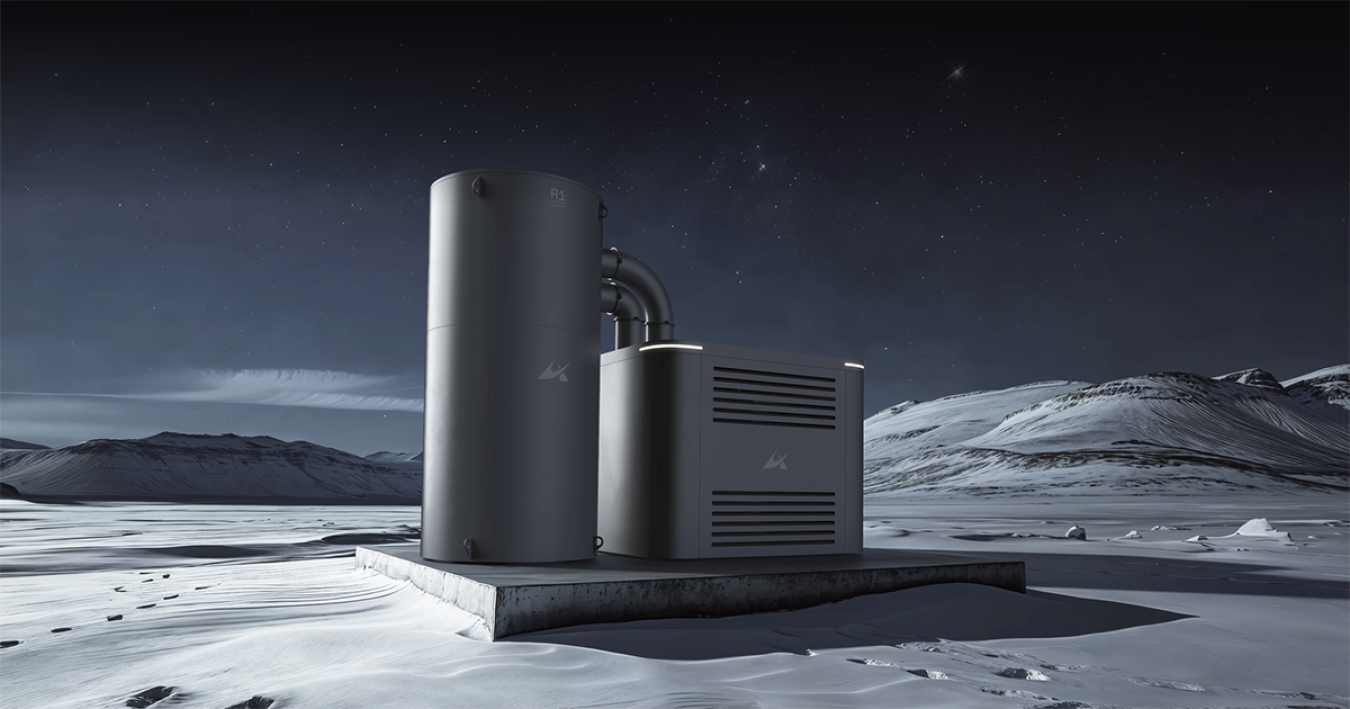Experiments in the DOME microreactor test bed could start as early as 2026 at Idaho National Laboratory.
March 26, 2025Need to power a seafood processing facility in a remote Alaskan town? How about a military base or a disaster relief center after a devastating hurricane?
A microreactor could soon be the answer, and the U.S. Department of Energy (DOE) is supporting the development of several designs that could help deploy small reactors virtually anywhere in the world or even in outer space.
DOE is working with three microreactor developers to conduct activities that will support potential future testing in the NRIC DOME at Idaho National Laboratory, to help get them the data they need to advance the design and licensing of their concepts.
Here are three microreactor experiments to keep an eye on as they plan to operate for the first time in DOME starting as soon as 2026 — a first step toward commercialization by the end of the decade.
Microreactor Experiments
eVinci Microreactor (Westinghouse)
Westinghouse Electric Company is developing this transportable microreactor with support from DOE’s Advanced Reactor Demonstration Program (ARDP) that will use advanced heat pipe technology and TRISO fuel to help expand access to clean energy to communities across the world.
eVinci’s passive cooling design uses hundreds of heat pipes made of a specialized iron, chromium, and aluminum alloy to draw heat away from the reactor’s fuel.
It doesn’t need water for cooling, so it can go places other water-cooled reactors can’t, and eliminates the risk of loss-of-coolant accidents.
According to the company, the microreactor will be able to generate up to five megawatts of electricity and operate for eight years or longer without refueling. It will be factory-built and fully assembled before being shipped to its destination.
Kaleidos Microreactor (Radiant)
Radiant is developing Kaleidos, a portable 1.2-megawatt high-temperature gas-cooled microreactor, as a potential replacement for diesel generators.
All the components of the compact design would be packaged in a single shipping container, making rapid deployment to remote locations or for disaster relief locations possible.
Kaleidos is designed to operate for five years before refueling and could provide backup power to hospitals, military installations, data centers, and more.
The company is working with Argonne National Laboratory and INL through two GAIN voucher awards to develop computational analysis tools to advance the reactor’s design.
R1 Microreactor (Antares)
Antares is developing the Antares R1 Microreactor, a rapidly deployable microreactor created with critical infrastructure resilience in mind.
R1 is being designed to operate in remote and challenging environments — both here on earth and in outer space. It can generate 200 to 300 kilowatts of electricity without needing to refuel for at least three years and includes automated controls, power management, and distribution.
The microreactor will be passively cooled by sodium heat pipes and powered by robust TRISO fuel.
Antares also received a GAIN voucher to work with Oak Ridge National Laboratory to help verify the design's core neutronics and thermal hydraulics.
The NRIC DOME Test Bed

All three companies are working through a multiphase approach to the design, fabrication, construction, and potential testing of their fueled reactor experiments for the first time at INL’s NRIC DOME test bed.
A test bed is a place for reactor developers to come and test their reactor designs quickly, safely, and cost-effectively by leveraging existing infrastructure at the lab.
DOME is repurposing the Experimental Breeder Reactor II containment structure to help lower the risk of developing new reactor technologies capable of producing 20 megawatts or less of thermal energy.
The facility will be operated by the National Reactor Innovation Center (NRIC) to help accelerate the demonstration and deployment of advanced reactor systems.
NRIC is also developing the LOTUS test bed at the former Zero Power Physics Reactor facility. The first planned test for LOTUS is the Molten Chloride Reactor Experiment being developed by TerraPower and Southern Company.
The experiment is being supported through ARDP and will be the world’s first test of a fast-spectrum, salt-fueled reactor design.
Testing in DOME could start as early as 2026.
*Updated March 25, 2025.




